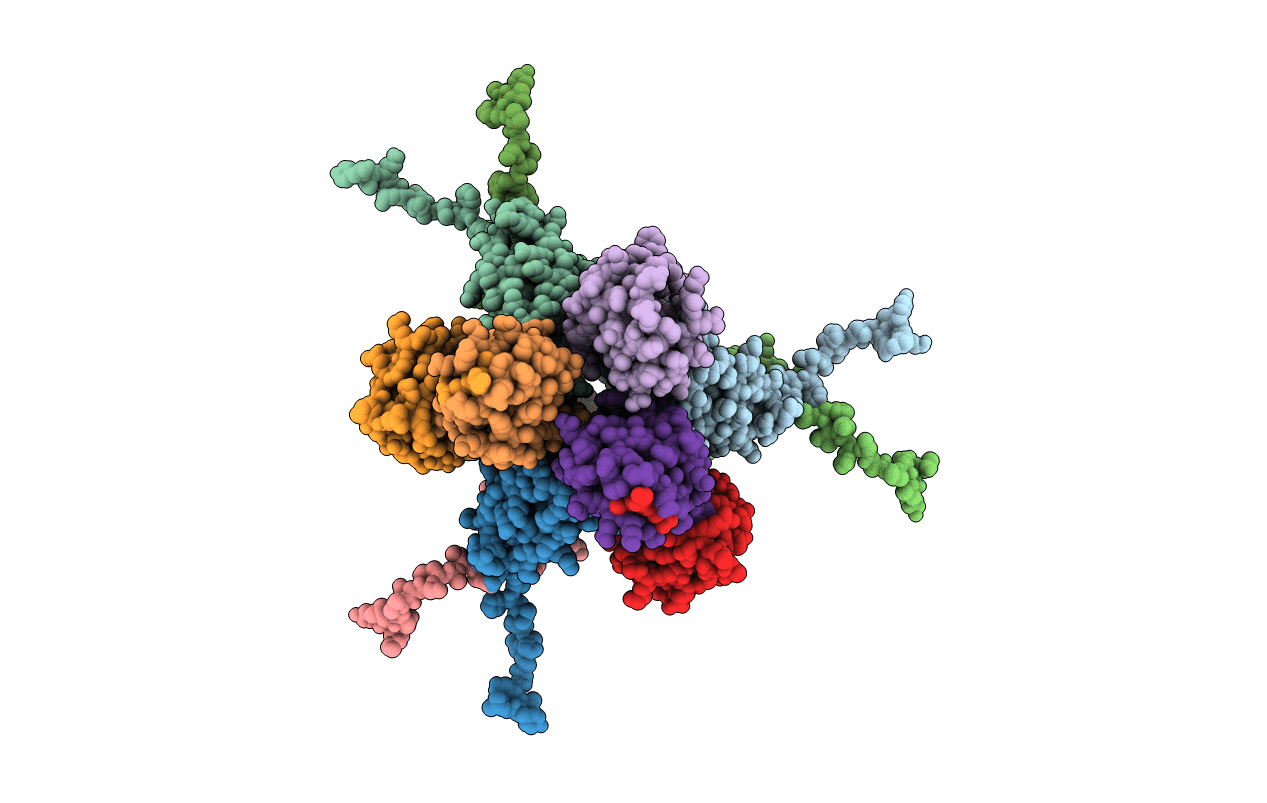
Deposition Date
2018-05-24
Release Date
2019-01-23
Last Version Date
2023-10-11
Entry Detail
PDB ID:
6DJ9
Keywords:
Title:
Structure of the USP15 DUSP domain in complex with a high-affinity Ubiquitin Variant (UbV)
Biological Source:
Source Organism:
Homo sapiens (Taxon ID: 9606)
Host Organism:
Method Details:
Experimental Method:
Resolution:
3.10 Å
R-Value Free:
0.26
R-Value Work:
0.25
R-Value Observed:
0.25
Space Group:
P 63


